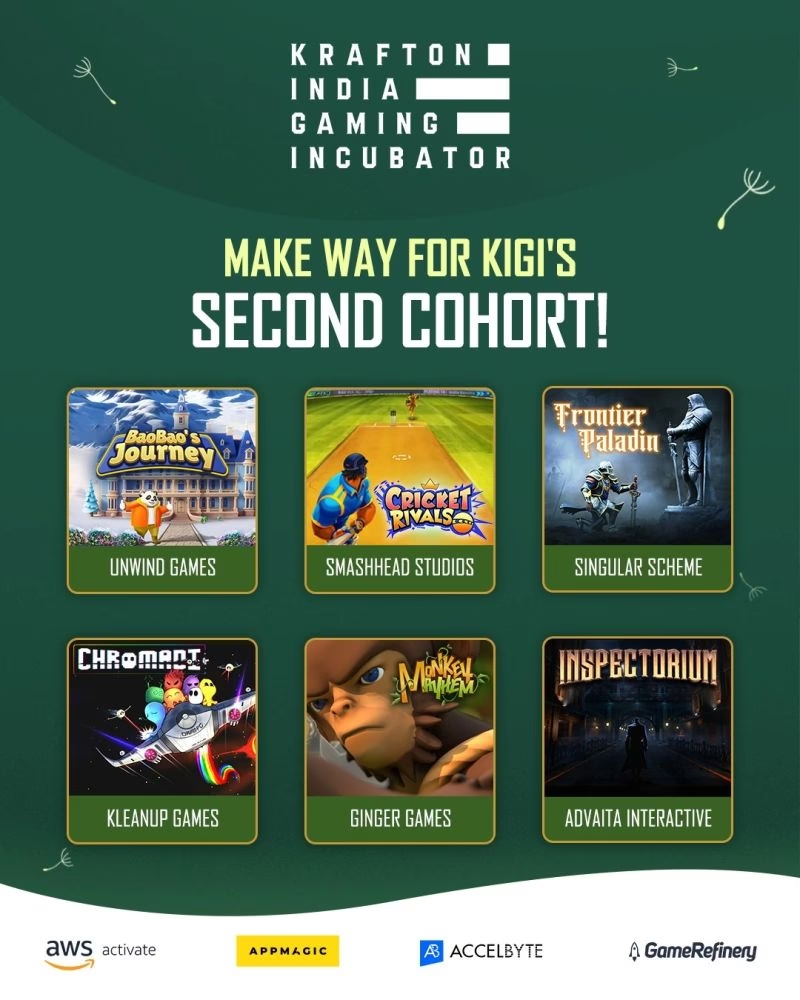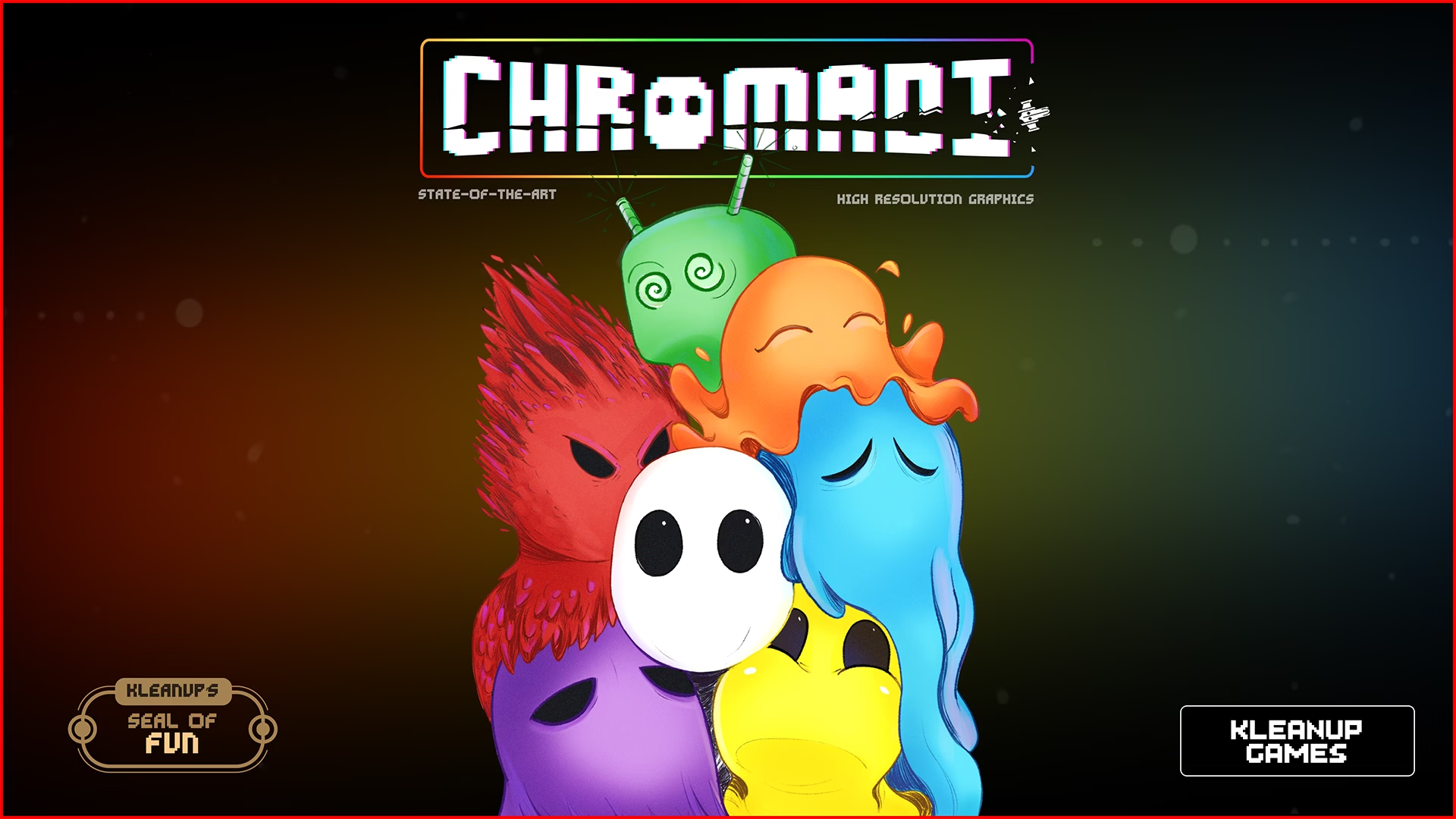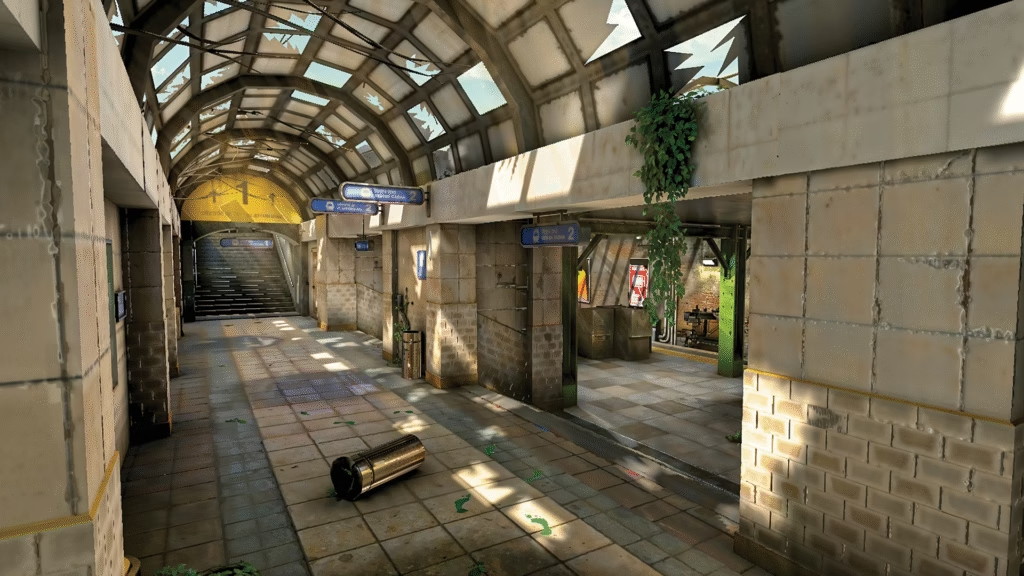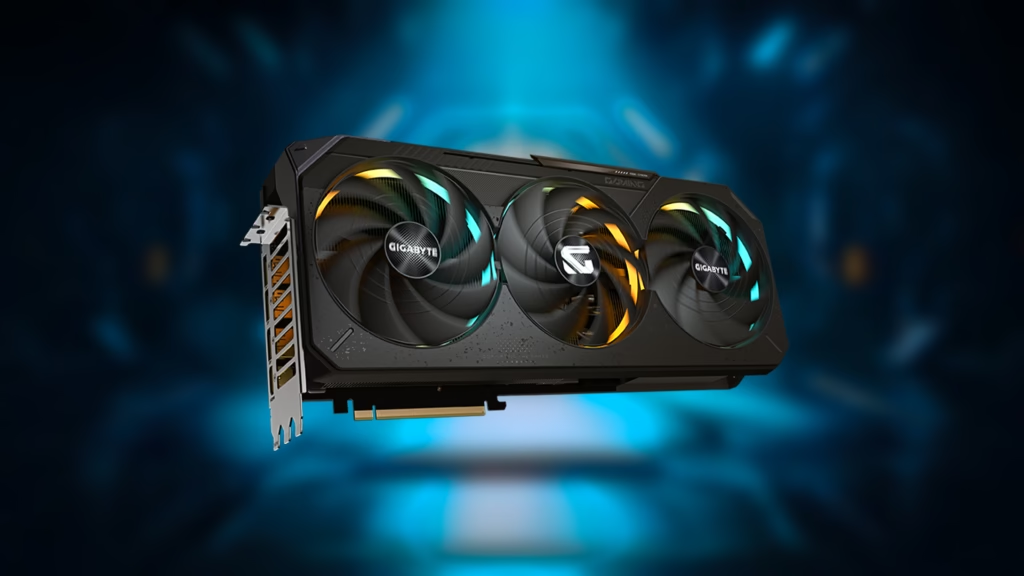I would best describe Chromadi as Space Invaders meets Arkanoid, but with some colour theory and a cyber-arcade aesthetic thrown in for good measure. It’s a simple enough game on the surface: Waves of coloured blocks fall from the top, and your job is to shoot them down by matching the colour of your bullets to said blocks. This is something you accomplish by moving your character over various coloured tiles to absorb the appropriate colour. You start with a base palette of red, yellow, and blue (and white), and then mix and match as needed: Red + yellow for orange, blue + yellow for green, red + blue for purple, and so on. You reset your colour by moving over the white tile.
As Jaiwanth Shanmugam, Studio Director of Kleanup Games and co-creator of Chromadi discovered, that simplicity is very deceptive. Chromadi was never meant to be a year-long project (so far) involving a core team of three and several additional artists, investment from a publisher, and travel to events like IGDC (India Game Developer Conference) and ComicCon. It was meant to be a simple, 2-week project that harkened back to the era of simple and fun arcade games that friends and family could enjoy.
How it started
“I had a discussion with Niranjan about wanting to do something very small, something we could put together in a couple of weeks and just move on to the next game,” says Jaiwanth. Niranjan Nair aka DarkGrey is Chromadi’s Audio Director and a close friend of Jaiwanth’s.
Jaiwanth indicates that part of the inspiration for the game was Nandini Nachiar (producer at Kleanup Games and one of its core members). Specifically, it was her frustration with micro-transaction-fueled, ad-supported and “insanely monetised” mobile games that helped steer Chromadi’s development towards something retro and fun. “We wanted to make Chromadi as a game for her, something she could just pick up and play,” says Jaiwanth.
The team has always been small by design. Jaiwanth has only chosen to work with people who “see the same vision I do.” He was also very confident in the mechanics that they wanted to implement and both he and Niranjan were sure that they wanted to build a retro-arcade style game but with their own unique twist. The two-week plan was only about implementing mechanics, focusing on a single game mode, and nailing the aesthetic.
Speaking of aesthetics, a term that comes up often in the interview is “deterministic”, a game design philosophy where player actions lead to predictable consequences based on a pre-determined set of rules. “I grew up playing Super Mario, Contra and was addicted to Pac-Man. This kind of deterministic arcade game always stood out to me”, says Jaiwanth. He was determined that Chromadi would be deterministic with gameplay being “absolutely fundamental to everything.”
Fuelled by the interest and positive feedback from close friends, Jaiwanth and Niranjan continued developing Chromadi in their free time, eventually quitting their jobs and starting to work on the game exclusively. The game’s scope only started expanding when testers (primarily friends and family) expressed an interest in seeing more than just one mode. “This feedback really helped us see the potential of the game and helped us create a plan for scaling it up by building on the foundation that was already in place,” says Jaiwanth. “Throughout this process, we always wanted to ensure that the base foundation of colour mixing in Chromadi was always going to be fun,” he adds.
Dev tools
Chromadi is primarily developed in Unity, one of the most popular cross-platform game-development tools out there. Coming from a UI/UX background, Jaiwanth is very familiar with Figma, which he says he used extensively for brainstorming and doodling. He built the first prototype in Game Maker Studio 2, but eventually moved to Unity. The way he saw it, even if nothing much became of Chromadi, he’d have acquired a new skill (Unity development) that he’d be able to leverage for a better job.
Photoshop was, of course, the graphics editor of choice, while Aseprite was used to design the animations and sprites. FMOD was the program chosen for sound design.
All of these tools are either free or relatively cheap, and quite powerful, with plenty of free tutorials and assets to help anyone get started on their game dev journey.
The importance of feedback and playtesting
One of the core principles defining Kleanup Games’ approach to game development is rigorous playtesting, says Jaiwanth. “Any changes we make, we first gather feedback from our small community”, he explains.
“We knew that there would be a lot of bias when you’re working with a group of friends, so we also started tracking high scores and observing where people were failing or doing well. We noted where they got stuck, the mechanics that needed to be better explained, and more.”
This tracks with my own experience playing Chromadi. For a preview build, the game already feels very polished and responsive. Interactions have tactility and weight, and it’s surprising just how balanced the game’s modes already are.
Playtesters initially comprised a core group of friends, but later expanded to Reddit users and volunteers on Kleanup’s Discord server. Interestingly, three of these friends/playtesters also happened to be colour blind, which started an internal discussion at Kleanup on techniques for improving accessibility. While there isn’t a colour blind mode in the preview build I got to experience, Jaiwanth says that they are planning on including one.
IGDC was key
Chromadi was meant to be a relatively small passion project and nothing more. Jaiwanth had just quit his job, had never worked on his own game, and only had UI and product design experience. Partners Niranjan and Nandini were on board, but they couldn’t risk giving up their jobs at that point, not when there was no real plan in place. “This was the scariest part”, admits Jaiwanth. “I didn’t know if I had it in me, if I had the technical knowledge to scale up the stuff I needed to scale up to go big. At the start, I just wanted to know that I could finish making the game.” If he failed, Jaiwanth intended to go back to a job or look at starting some other project.
It was only at IGDC Hyderabad in November last year that they got their first real break. After six to eight months of hard work, especially under severe financial constraints, Kleanup Games finally had some funding. “It was scary, but right now I think the last four months have been extremely positive,” says Jaiwanth.

The Chromadi demo attracted attention at IGDC and various gaming platforms and publishers expressed interest in supporting Kleanup Games. Ultimately, the studio accepted funding from Krafton via the KIGI program — Krafton India Gaming Incubator — which Krafton describes as “an ambitious gaming-focused incubation program.” Krafton is the publisher behind the (in)famous BGMI and PUBG Mobile, as well as titles like The Callisto Protocol, Tera, and Subnautica 2.
Jaiwanth believes that their polished demo had a crucial role to play in securing funding. “Playing a game is always an easier sell versus selling a pitch deck or concept art. I think that really helped us, as just having a demo and just giving them (IGDC attendees and potential investors) the game to play helped gauge reaction and interest much faster.”
Monetisation strategies
Jaiwanth and his partners are sure that they’re not going down the ad-supported route for their game. While they are in agreement that microtransactions are the way forward, they’re still working out how to implement a fair and unintrusive system that gamers will not mind interacting with. The game will be free on mobile, after all, and without ads, money must come from somewhere.
“We are going to have a monetisation strategy which I think is built different. I think it’s going to resonate with the players in terms of how they see the game and will include straightforward cosmetics and other stuff. It’s going to be pretty exciting,” says Jaiwanth.
A PC release is also planned (on Steam and the Steam Deck), but Chromadi will be a premium (paid) game on PC and will take a different approach to monetisation.
Don’t be afraid to fail
While Chromadi is his first game, Jaiwanth has been working in the gaming industry for years.
“I wanted to go into arts, but I was a failed artist”, admits Jaiwanth. “Eventually, my path went into UX design, but over the years I spent working, I never stopped trying to learn to code because I knew that it would help me bring my ideas to life, to do something that I’ve always wanted to do.”
Jaiwanth stumbled his way through the various tools he now uses, relying on dogged determination, community support, and past experience to get him through. Before starting on Chromadi, both he and Niranjan participated in game jams.
What next?
Now that Kleanup Games is funded and Chromadi has a publisher, what next? It’s already been nearly a year since Jaiwanth first started on the project, and the core game is in a polished state. What’s pending, and what are the next goals?
For starters, Kleanup Games used some of the money they got to hire an artist, someone that Jaiwanth had worked with previously, in an attempt to overhaul the art design and make the game more visually interesting and fun. They’re also working on new levels, a Neon White inspired ranking system and leaderboard, new feedback mechanics such as a star rating system for your performance, timed levels, and more. And of course, more playtesting. After that, Jaiwanth and his team will work on finalising the release checklist, ironing out the last few bugs, and then a release date.
“Exciting and scary stuff, but yeah, more exciting than scary.”


